David William Wallis was born on the 14 December 1914 in Birmingham, Solihull, the son of Frederick and Katherine Elizabeth Wallis (née Ellis), of Rannoch, Perthshire.
He was educated at Uppingham School (9.1928-04.1933; Running VIII, 1933); Emmanuel College, Cambridge (came up in 1933 to study Modern and Medieval Languages but did not graduate).
He was granted a commission, as a Second Lieutenant in The Oxfordshire and Buckinghamshire Light Infantry (TA) on the 26 July 1939 and was mobilized with them on the 24 August 1939.
Between then and early 1943 he served with the 4th Battalion, The Oxfordshire and Buckinghamshire Light Infantry. In May 1940 with the rank of 2/Lt. D W Wallis found himself with the Anti-Tank Company in Belgium. Shortly afterwards he had to withdraw to Dunkirk. (Read his account "Twenty-one days in May 1940 - the hazardous retreat to Dunkirk"). After which he was promoted to War Substantive Lieutenant/Temporary Captain on the 30 January 1941 and then War Substantive Captain/Temporary Major on the 18 August 1942.
He then volunteered for airborne forces and undertook parachute jump training course 51 which ran at RAF Ringway from 15 to 27 February 1943. This was a standard course of eight descents comprising three balloon descents, including one at night, and five aircraft descents. The instructors report reads: ‘Mr Wallis Excellent Officer- set a perfect example to all men – parachuting very good’.
Temp/Major. David Wallis was then posted to the 7th (LI) Parachute Battalion, from the 48th Division Battle School on the 25 January 1943.
On 23 January 1944 Major. David Wallis was posted to the 2nd Parachute Battalion.
The Pegasus Archive website provides the following write up:
David Wallis was Second-in-Command of the 2nd Battalion, and had joined them after they had returned from Italy in 1943. He had been good friends with Lt-Colonel Frost since before the war, and his new commander was delighted to have him as his deputy. Frost regarded Wallis as very gifted and ideal for the post; having set about licking Battalion HQ into shape, while also relieving the Colonel of the worries of parachute and weapons training. At Arnhem Bridge, once Brigadier Lathbury had been declared missing, Frost was asked to assume command of the 1st Para Brigade at the Bridge, and so command of the 2nd Battalion was passed to David Wallis. After Graebner's assault early on Monday morning, Wallis wrote a report on the progress of the battle, which was to be flown to London by an obliging carrier pigeon. According to Frost, the bird was reluctant to take to the skies at first, but did so after a measure of verbal abuse from the R.S.M. Wallis was killed on Monday night. German troops had overrun two of A Company's outlying positions, and Wallis visited their HQ to see what could be done. As he left the house he was hit in the chest by machinegun fire and died instantly. The shots came from a friendly gun, and from a building defended by sappers of the 9th Field Company. A fellow officer said that Major Wallis was quietly spoken and was not always comprehensible, and so when he was challenged by a sentry, his answer was not heard and he was fired on. A comrade of the unfortunate sentry who fired the shot said "It was at a time when the next shape in a doorway could be the enemy, such was the proximity of the fighting; response time was very short, and a German grenade had a short fuse". Command of the 2nd Battalion passed to Major Tatham-Warter.
Major Wallis died on 18 September 1944, aged 29 years old. He is now buried at Oosterbeek War Cemetery, Arnhem.
Created with information kindly researched by R Hilton
Read More
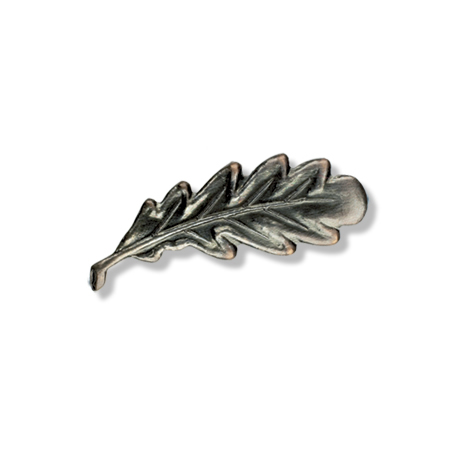
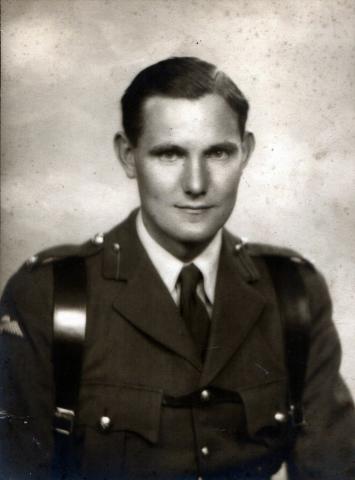
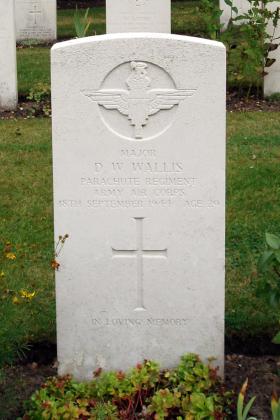
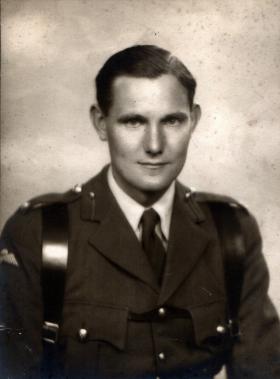
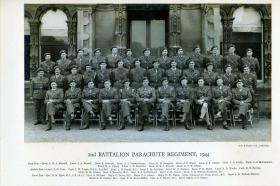
Latest Comments
There are currently no comments for this content.
Add Comment
In order to add comments you must be registered with ParaData.
If you are currently a ParaData member please login.
If you are not currently a ParaData member but wish to get involved please register.